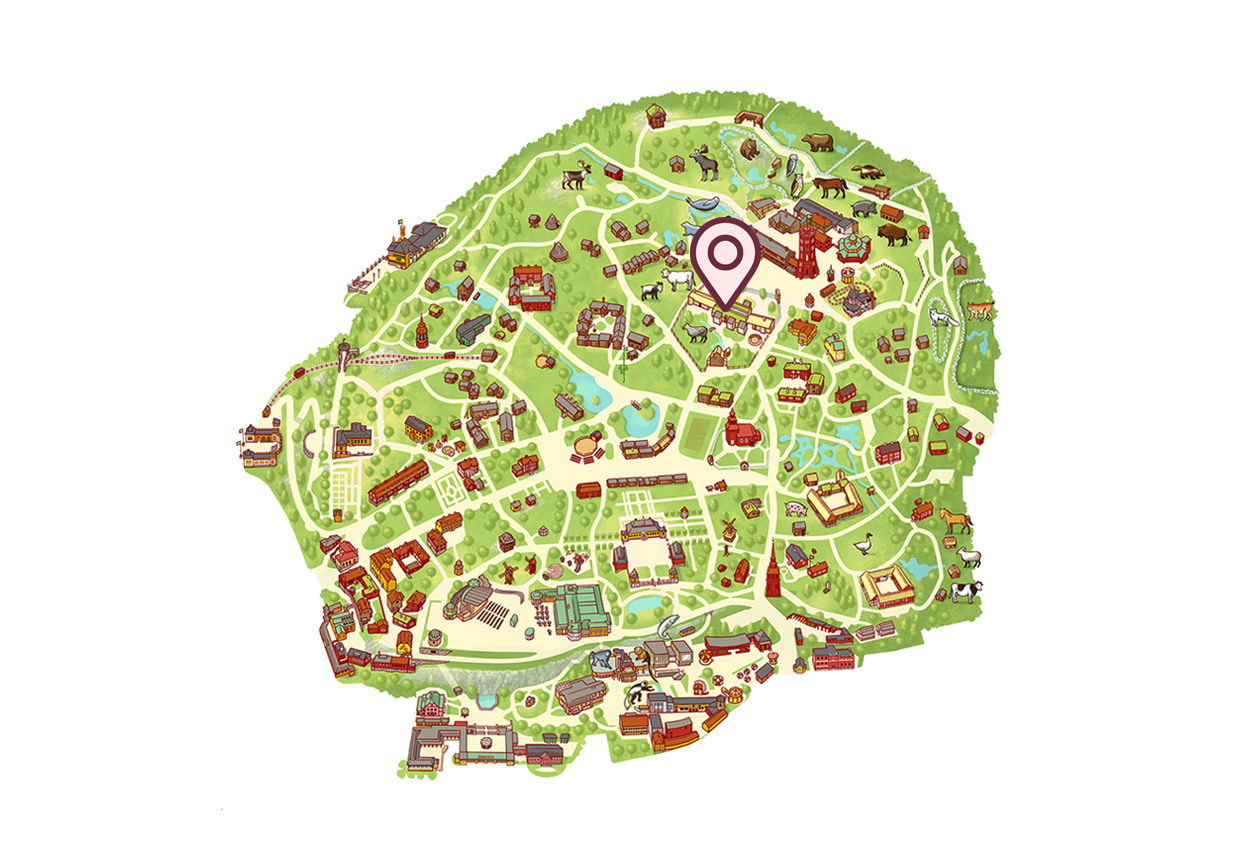- European pond turtle
European pond turtle
The European pond turtle once lived in the wild in Sweden when the climate was warmer, but disappeared about 5,000 years ago. It is a sun-loving armoured reptile that can live to be over a hundred years old.
-
Globally, the European pond turtle is categorised as ‘Near threatened’. It is currently found in central, southern and eastern Europe, northern Africa and central Asia. It was found in Sweden when the climate was warmer, but disappeared about 5,000 years ago.
Winter or summer hibernation
In northern Europe, the species hibernates during the cold months. In warmer areas, it hibernates in the summer to avoid the heat.
-
About the European pond turtle
Scientific name:Emys orbicularis
Order:Turtles (Testudines)
Family:Marsh turtles (Emydidae)
Weight:max. 1 kg
Length:20 cm
Sexual maturity:10 years
Breeding season:April–June
Number of eggs:3–15
Lifespan:Up to 120 years
Eats:Amphibians, fish and invertebrates
Distribution:Southern and central Europe
-
The European pond turtle is very much a sun-loving species, and likes to climb up onto tree trunks, stone or roots that reach above its body of water to sunbathe.
Eats frogs and fish
The species hunts and feeds in water, and is therefore dependent on slow water flows. It eats amphibians, fish and invertebrates. The European pond turtle is found in calm or slow-moving waters with abundant vegetation. It favours shallow, smaller bodies of water such as ponds, marshes or wetlands. It can be found in both fresh and brackish water, in forest glades and in the open landscape.
Webbed feet
The European pond turtle can reach 20 centimetres in length and weigh up to one kilogram. Unlike tortoises, it has a slightly arched carapace – or upper shell – and webbed feet. Females and males differ, with the female often having curved claws, a narrower tail and a flatter carapace than the male. The male’s iris is usually red, while the female’s is yellow and white. The European pond turtle is black to blackish-brown in colour, with yellow to greenish-yellow spots.
Reproduction
The European pond turtle reaches sexual maturity around the age of ten years. It mates in lakes and other bodies of water from April to June. The male mounts the female and snaps at her head, causing her to retract it so that the tail and anal region cannot fit under the carapace.
Temperature determines the sex
The female usually lays between three and 15 eggs on the land, and buries them near the water. The eggs usually hatch after two to four months, although they may overwinter in cooler climates and not hatch until the following spring. The sex of the young is determined by the temperature to which the eggs are exposed, with lower temperatures producing males and higher temperatures resulting in females.
Previously found in the wild in Sweden
The European pond turtle is found across much of Europe south of the Baltic Sea, from the Iberian Peninsula and southern France in the west, through Italy to the Balkans, in most of eastern Europe and in parts of Russia to Iran. It is also found in the northernmost parts of North Africa.
The species lived in Sweden about 5,000 years ago, but disappeared with the onset of a colder climate at the beginning of the Iron Age. Several remains of the species have been found in Skåne, in Östergötland and on Öland. It remained for longer in Denmark, where it disappeared at the end of the Bronze Age, around 2,500 years ago.
Today, it is found in central, southern and eastern Europe, northern Africa and central Asia.
Near threatened
Globally, the European pond turtle is categorised as ‘Near threatened’. The species has recently become rare in most countries, even though it is widespread in most of Europe. Building roads and driving cars through natural habitats is a possible factor, as many are run over, but changes in habitats also impede their movement.
-
Did you know…
Females develop from the buried eggs at higher temperatures, while males develop at lower temperatures.
The turtle’s shell provides effective protection against predators. It is made of bone and keratin, which is found in our hair and nails.
You can find the European pond turtle here
